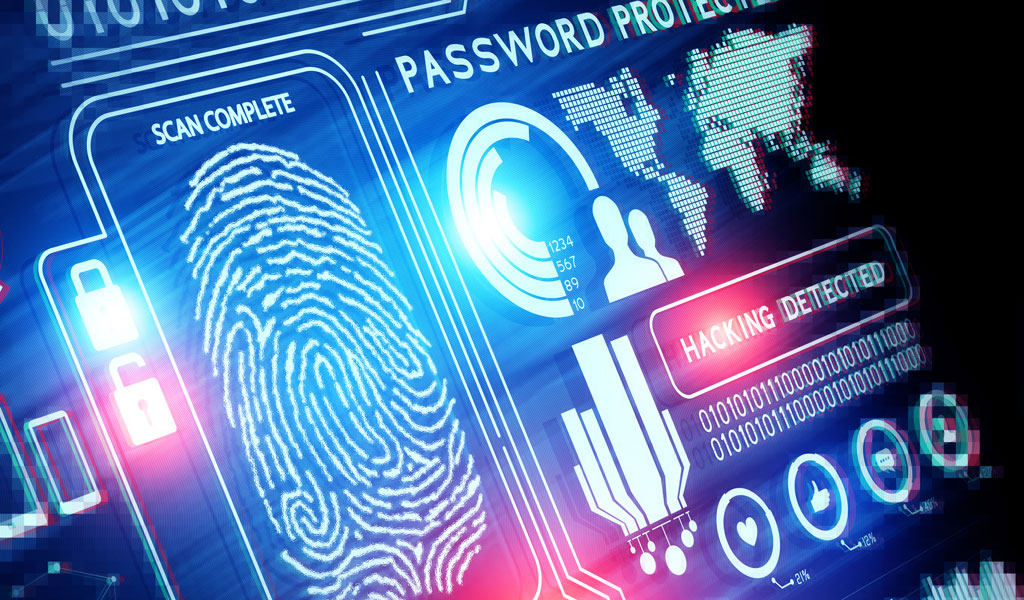Introduction
In a time when technology is always getting better and people are always linked, the digital landscape has become both a place where new ideas are born and a place where cyber threats could grow. Cyber defense is one of the most important ways to protect against these threats. It includes a wide range of strategies, technologies, and practices that aim to keep digital systems, data, and information safe. This piece explores the many different aspects of cyber defense, including its importance, key parts, changing challenges, and strategies for a safe digital future.
I. Getting a handle on cyber defense
A. What Is Cyber Defense?
Cyber threats to digital goods and how to protect them
Parts of preventing, finding, responding, and getting back on your feet
B. Why cyber defense is important
Cyberattacks and data thefts are becoming more common.
Effects on people, groups, and countries
2. Important parts of cyber defense
A. Security for networks
Firewalls, systems that find and stop intrusions, and systems that identify intrusions
Secure design and separation of networks
B. Protection at the endpoint
Antivirus software and methods to stop malware
Mobile device control and the ability to wipe a device from afar
C. Encryption of data
Encryption algorithms and standards for safe communication
Protecting sensitive information at rest and in motion
D. Management of Identity and Access (IAM)
Single sign-on and multiple forms of identification
Controlling access based on roles and taking care of protected accounts
III. Types of online dangers
A. Viruses
Worms, Trojans, viruses, and ransomware
How it spreads and what damage it could do
B. Phishing and manipulating people
Deceptive ways to get people to do what you want
Spear hacking, pretexting, and luring
C. Attacks that stop service (DoS)
Systems that are too big will stop service.
DDoS (Distributed Denial of Service) attacks and how to stop them
D. Threats from inside
Bad things that approved users do
Detection, protection, and training for employees
VI. Changes in the problems of cyber defense
A. Threats that keep coming back (APTs)
Attacks from skilled foes that are sneaky and last a long time
Industrial spying and cyber espionage by nation states
B. Security for the Internet of Things (IoT)
Vulnerabilities in smart systems and devices that are related to them
Keeping IoT environments safe and protecting data
Safety in the cloud
Models of shared duty and security for cloud service providers
Data leaks and security flaws in the cloud
D. Zero-day security holes
Taking advantage of unknown software flaws
Management of security holes and methods for fixing them
V. Plans for a Strong Cyber Defense
A. Best Practices and Cyber Hygiene
Updates and security patches for software are done regularly.
Education and training for users
B. Response to an incident and recovery
Creating a plan for how to handle an event
Controlling, getting rid of, and doing a forensic study
C. Intelligence on threats
Keeping an eye on threat areas and new trends
Sharing information about threats together
Cybersecurity for Businesses
A. Taking into account and managing risks
Identifying weaknesses and their possible effects
Putting security spending and reducing risks at the top of the list
B. Security frameworks and meeting regulations
ISO 27001, the NIST Cybersecurity Framework, and other standards
Compliance with regulations and industry-specific needs
Centers for Security Operations (SOCs)
Threats must be watched for, found, and dealt with.
24/7 management of incidents and looking for threats
VII. Plans for the Future of Cyber Defense
AI and machine learning
Using AI to find and study threats
Predictive algorithms and automatic responses
B. Encryption and Quantum Computing
Possible dangers and chances in cryptography
Trying to create security that can’t be broken by quantum computers
Cyberdiplomacy and working with other countries
Cybersecurity rules and working together around the world
Taking care of cyberwarfare and dangers from other countries
Conclusion
In a world where everything is digital, you can’t say enough about how important cyber security is. As technology changes and cyber threats change, the field of cyber defense keeps adapting, coming up with new ideas, and rising to the task. By staying aware, following best practices, and encouraging cooperation between people, organizations, and countries, we can create a better and more secure digital environment. This will protect our interconnected world from the cyber risks that are always there.







